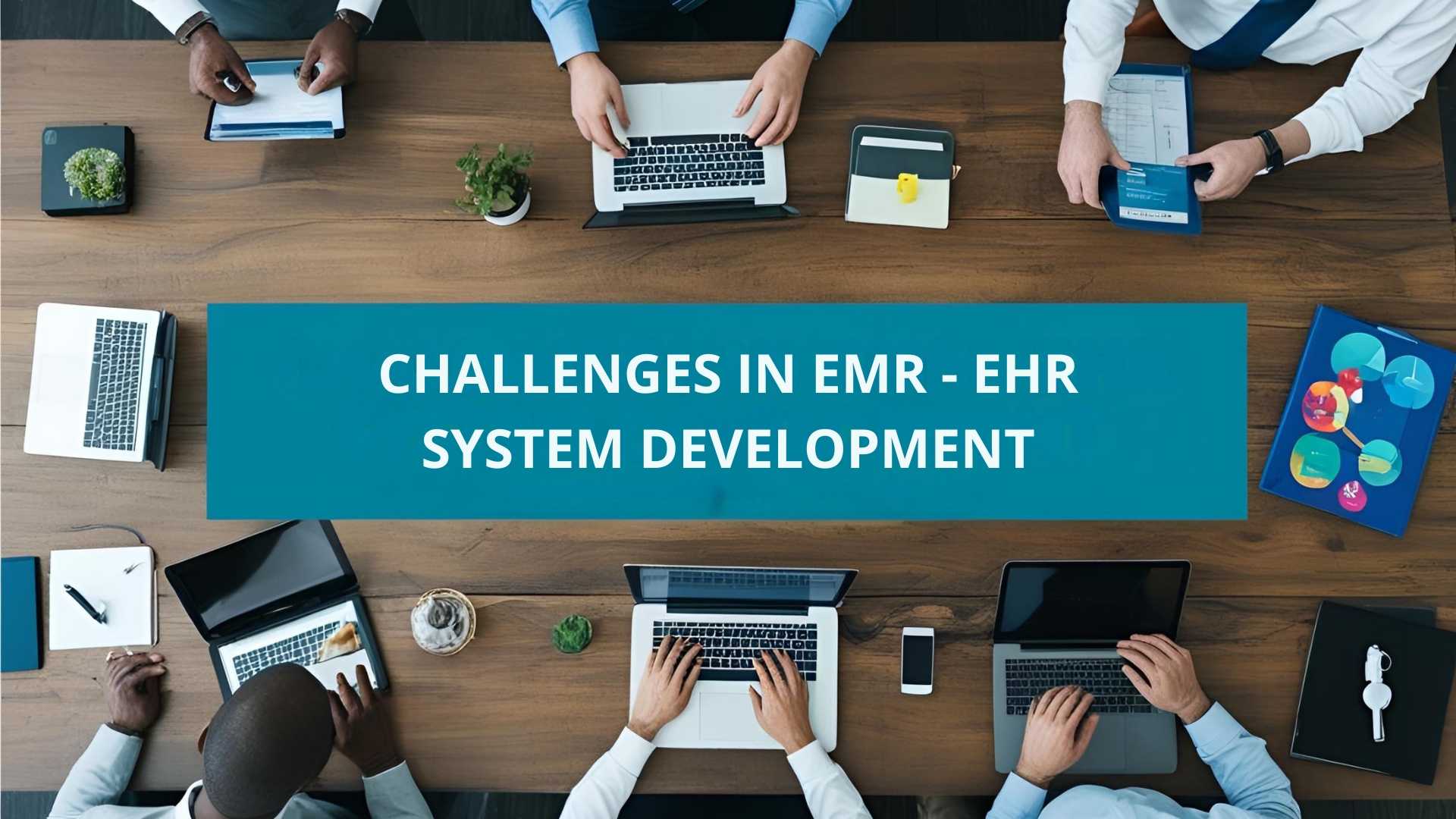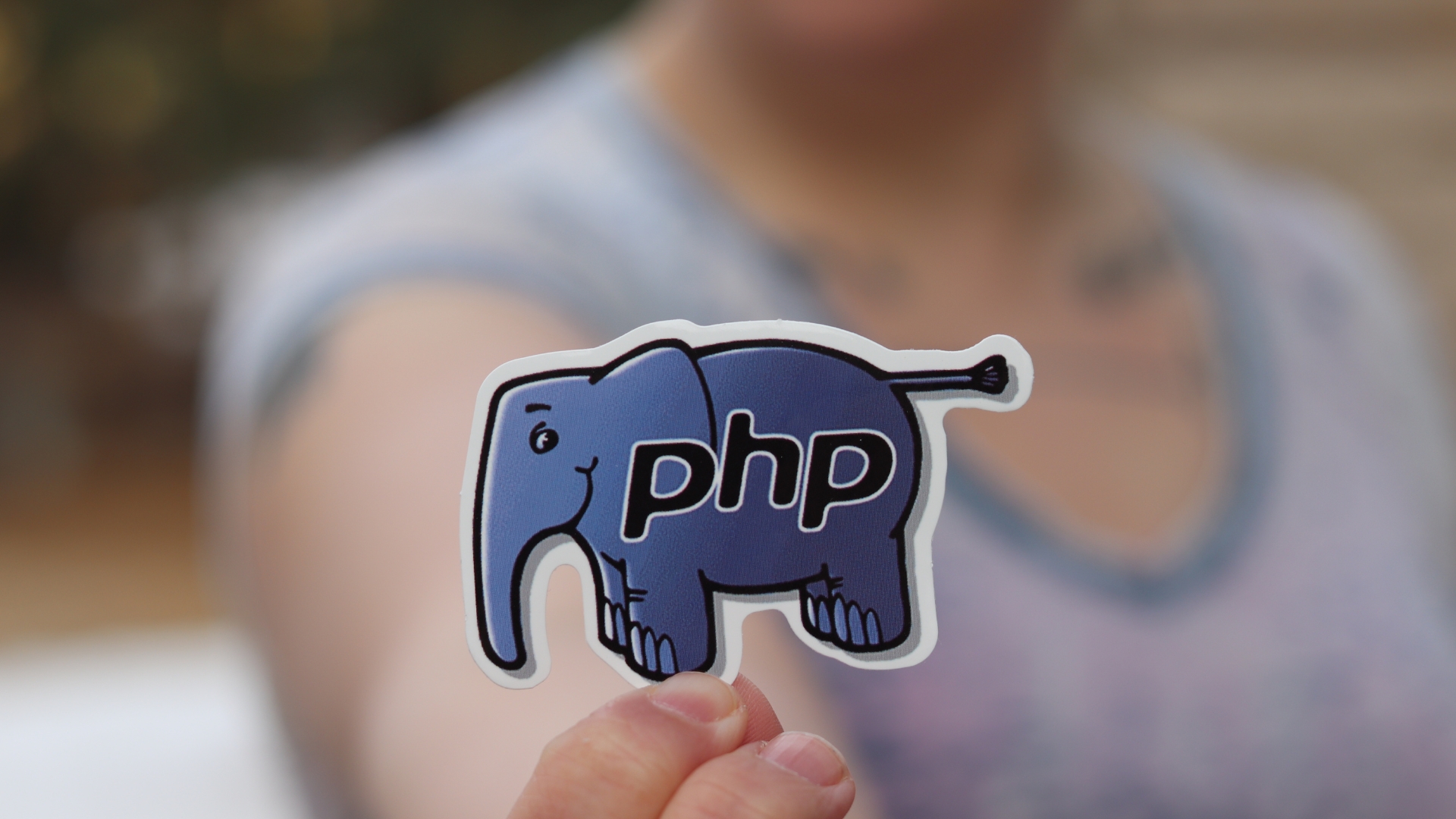In the ever-evolving world of healthcare technology, seamless data exchange between systems is critical. Mirth Connect, an open-source Mirth integration engine, has emerged as a powerful solution for healthcare interoperability. But what exactly is Mirth software, and how does it enable efficient data communication in healthcare? This article delves into the technical aspects of Mirth Connect and its significance in healthcare data exchange.
What is Mirth Connect?
Mirth Connect is a robust, open-source Mirth interface engine developed to facilitate seamless data exchange in healthcare environments. It supports the integration of disparate healthcare systems by transforming and routing messages between them. With Mirth software HL7 support, it ensures compliance with HL7 standards, making it a widely adopted solution in hospitals, clinics, and laboratories.
Key Features of Mirth Connect:
1. Interoperability and Integration
Mirth Connect allows healthcare organizations to integrate multiple systems effortlessly. It supports various data formats and communication protocols, ensuring that different healthcare applications can communicate efficiently.
2. Flexible Architecture:
Mirth Connect operates on a Java-based architecture, making it platform-independent. It supports various operating systems like Windows, macOS, and Linux. The architecture consists of:
- Server: The core component that processes messages and manages channels.
- Administrator Panel: A web-based or standalone application to configure and monitor interfaces.
- Database: Stores logs, messages, and configurations.
- Connectors: Facilitate communication between systems using various protocols.
3. Wide Support for Protocols & Standards:
Mirth Connect is highly versatile, supporting multiple healthcare data exchange standards:
- HL7 v2.x & HL7 v3
- FHIR (Fast Healthcare Interoperability Resources)
- DICOM (for imaging data)
- X12 (for HIPAA transactions)
- Web Services (SOAP/REST APIs)
- Databases (MySQL, PostgreSQL, Oracle, SQL Server)
- File-based integration (CSV, XML, JSON, etc.)
3. Channel-Based Architecture:
Mirth Connect utilizes a channel-based architecture where each interface (data route) is defined as a channel. A channel consists of:
- Source Connector: Receives messages from external systems.
- Filter & Transformer: Processes and transforms the message content.
- Destination Connector: Sends processed messages to the intended recipient.
4. Message Transformation and Scripting:
Mirth Connect supports multiple scripting languages, including JavaScript, Python, and Java, allowing users to manipulate message content. Key transformation capabilities include:
- Parsing and mapping HL7 messages.
- Applying business rules and logic.
- Custom scripting for data enrichment.
5. Security and Compliance
Mirth Connect ensures data security and compliance with regulations like HIPAA, GDPR, and HL7 standards. It offers:
- Encryption: Secures data transmission.
- Authentication & Authorization: Controls access to sensitive data.
- Audit Logs: Tracks all message transactions.
Advantages of Mirth Connect:
- Cost-Effective: Being open-source, it significantly reduces integration costs.
- Scalability: Supports high message volumes and can be scaled for enterprise-wide use.
- Interoperability: Facilitates seamless communication across various healthcare systems.
- Customizability: Allows deep customization using scripting.
- Security: Supports encryption, authentication, and access control.
- Rapid Deployment: Quick and easy installation with minimal setup time.
Use Cases of Mirth Connect:
- Hospital Information Systems (HIS) Integration
- Laboratory Information System (LIS) Connectivity
- Electronic Health Record (EHR) Interoperability
- Radiology and Imaging Data Exchange (DICOM Support)
- FHIR-Based Applications for Modern Healthcare Systems
- Insurance & Billing Data Exchange (X12 Transactions)
- Telemedicine Integration
Implementation Strategy for Mirth Connect:
1. Planning and Requirements Gathering
- Identify integration needs.
- Analyze existing healthcare IT infrastructure.
- Determine required protocols and data formats.
2. Installation and Configuration
- Install the Mirth Connect Server.
- Configure channels, connectors, and transformers.
- Set up security policies and compliance measures.
3. Development and Testing
- Develop custom scripts for data transformation.
- Perform rigorous testing with sample messages.
- Ensure interoperability with external systems.
4. Deployment and Maintenance
- Deploy Mirth Connect in a live environment.
- Continuously monitor and optimize performance.
- Apply updates and security patches regularly.
Conclusion:
Mirth Connect stands out as a powerful Mirth engine for healthcare data exchange, ensuring interoperability across diverse systems. With its flexible architecture, robust integration capabilities, and cost-effective nature, it has become the preferred Mirth software HL7 solution for healthcare providers worldwide. As the demand for seamless healthcare communication grows, Mirth Connect will continue to be a critical tool for ensuring efficient and secure data exchange.
With its ability to transform, route, and integrate healthcare messages effortlessly, Mirth Connect is the ultimate Mirth integration engine for modern healthcare environments.







